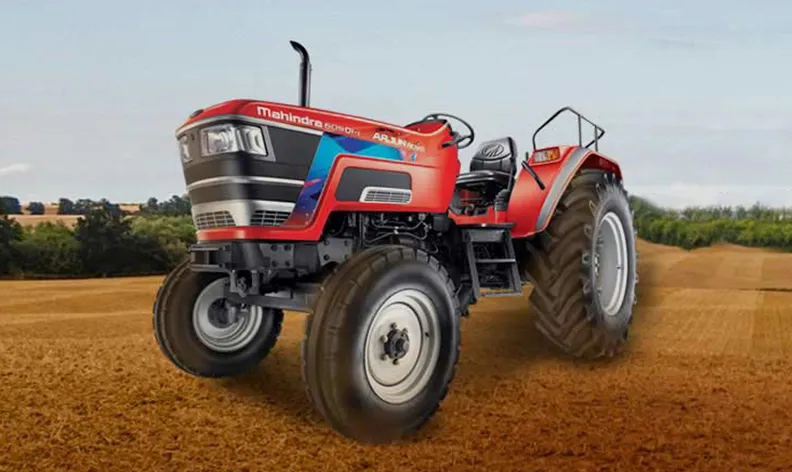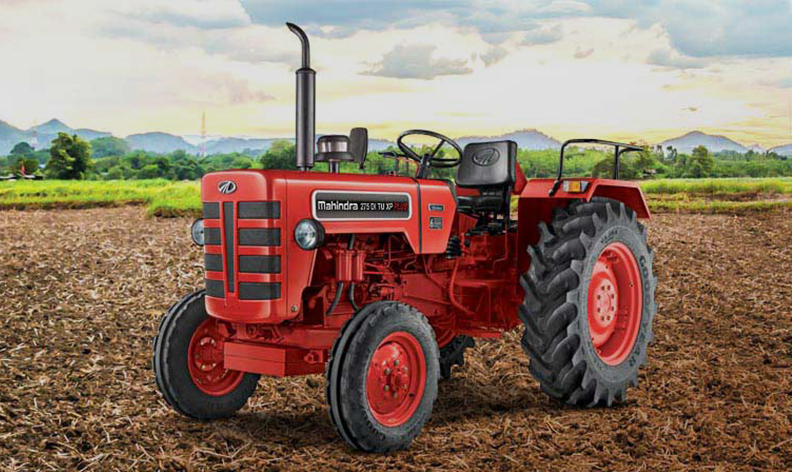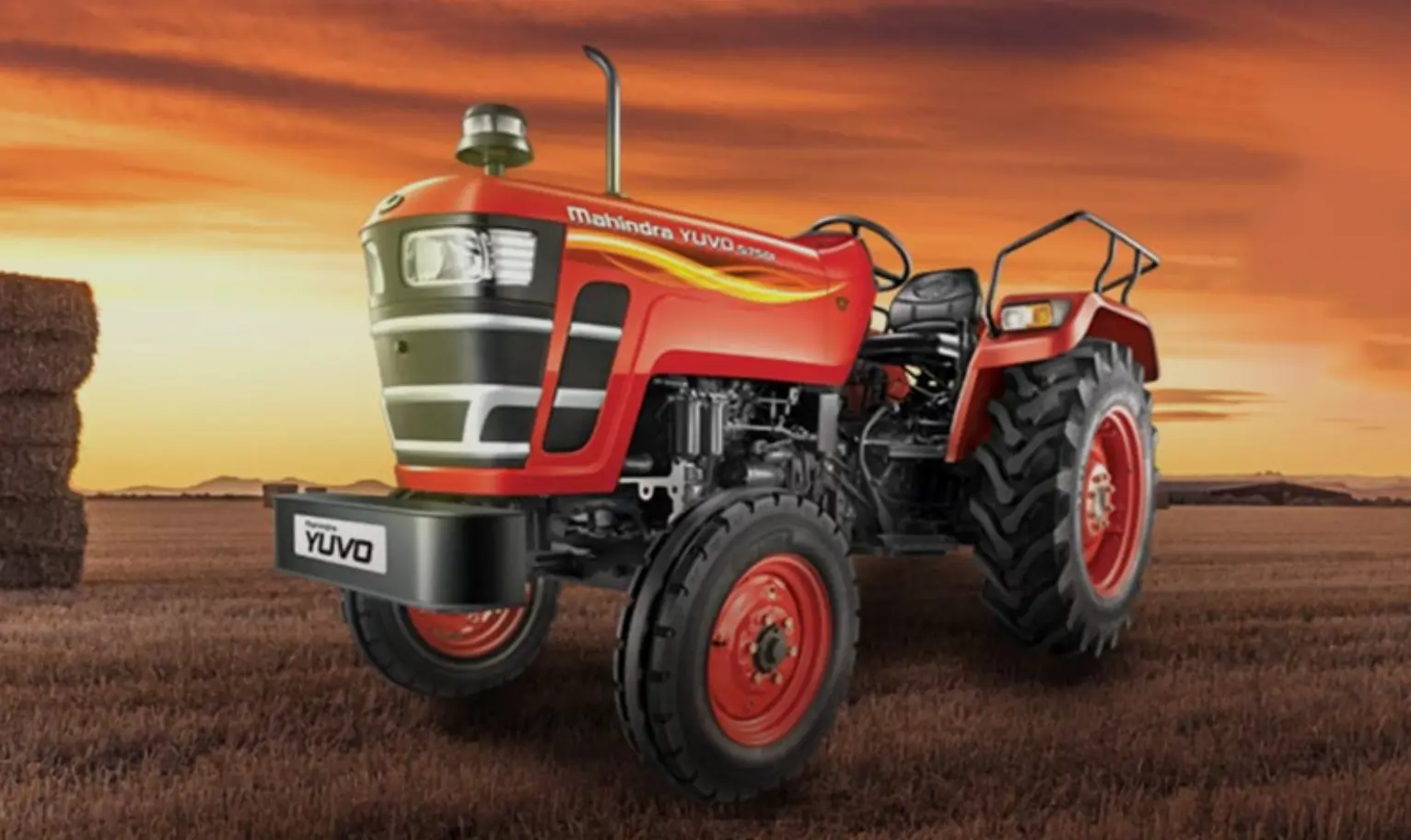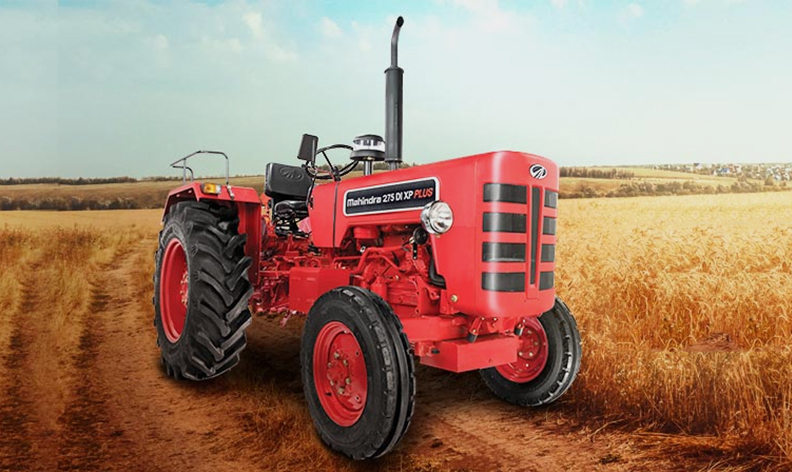2WD Vs 4WD tractors: Which tractor Is better for farmers?
Overview
Choosing the right tractor drive type is crucial for optimizing your farming operations. Apart from the power variations, the two primary options are 2-wheel drive (2WD) and 4-wheel drive (4WD) tractors. Each drive type offers distinct advantages and is suited for different types of agricultural work. Understanding these differences will help you make an informed choice that aligns with your farming requirements. Mahindra offers you a variety of 2-wheel and 4-wheel drive tractors for your agricultural activities
To make a wise choosing decision, let’s first understand both types one by one.
Two-wheel drive (2WD) tractor
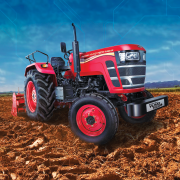
A two-wheel drive tractor powers only the rear wheels, with the front wheels serving primarily for steering. This design is simpler and typically more cost-effective. Mahindra has a range two-wheel drive tractors in the range from 15 HP to 68 HP. Mahindra YUVRAJ, JIVO, ORCHARD, DI SP PLUS, DI XP PLUS, NOVO and ARJUN are the various brands of tractors available, that reduce your efforts and increase your productivity at lower price for relatively simple agricultural terrains and operations.
Advantages:
- Cost effective and is cheaper as compared to four-wheel drive (2WD) tractor tractors.
- Lower maintenance costs due to fewer drivetrain components.
- Fuel-efficient because of their lighter weight and simpler drivetrain.
- Fewer mechanical parts mean easier and less expensive repairs.
- Ideal for straightforward tasks and light to medium soil conditions.
- Better turning radius, making them more suitable for smaller fields or areas with tight corners.
Disadvantages:
- Limited traction can be problematic in muddy conditions or on slopes rendering these tractors comparatively less effective in wet or hilly terrain.
- Being less efficient in transferring power to the ground as compared to 4WD models, may impact their performance when using heavy implements.
Four-wheel drive (4WD) tractor:

A four-wheel drive (4WD) tractor distributes power to all four wheels, enhancing traction and stability. This design is particularly useful for challenging terrain and heavy-duty applications. Mahindra has a range two-wheel drive tractors in the range from 20 HP to 73.5 HP. Mahindra JIVO, OJA, YUVO, NOVO and ARJUN are the various brands of four-wheel drive tractors available, that help you perform your tough agricultural tasks, not being able to be performed by two-wheel drive tractors, with ease and efficiency.
Advantages:
- Improved Traction: Superior grip on rough, uneven, or wet ground and making them ideal for working in adverse conditions and reducing the risk of getting stuck.
- Stability and Control: Better stability, especially on slopes and rough terrain thus improving safety and effectiveness in tasks such as ploughing and hauling.
- Power Efficiency: Handling More effective at transferring power to the ground, making it suitable for handling heavy loads and demanding tasks.
- Flexibility: Suitable for a wide range of farming activities, including those requiring high traction and stability.
Disadvantages:
- Higher Costs: More expensive to buy and maintain due to the complexity of the drivetrain and additional components.
- High Fuel Consumption: Typically, less fuel-efficient because of the added weight and mechanical complexity.
- High Maintenance: Requires more frequent maintenance and potentially higher repair costs due to the complexity of the 4WD system.
Which one is better for the farmers?
To answer this question, focus on three things and decide accordingly.
1. Assess the terrain of the farm
If you primarily work on flat or moderately stable land (flat and mild terrains), a 2WD tractor might meet your needs and be more economical.
For farms with challenging terrain (Rough and uneven terrain), including slopes or wet conditions, a 4WD tractor offers better traction and stability.
2. Consider the budget:
If your budget is limited, a 2WD tractor provides a cost-effective solution with adequate performance for lighter tasks.
If you have a higher budget and need enhanced performance, a 4WD tractor justifies the additional cost with its greater versatility and power.
3. Evaluate the farming tasks
For general tasks and lighter workloads, a 2WD tractor is often sufficient.
For tasks requiring substantial power and traction, such as deep ploughing or hauling heavy loads, a 4WD tractor is more suitable.
So, what do we conclude?
Choosing between a 2WD and 4WD tractor depends on your specific farming needs, budget, and terrain. Both 2WD and 4WD tractors have their distinct advantages and applications. A 2WD tractor is cost-effective and ideal for simpler tasks and stable conditions, while a 4WD tractor provides superior traction and stability for more demanding conditions and heavy-duty work. A 4WD tractor can be used for performing more functions than the other one. By evaluating your specific farming needs, budget, and terrain, you can make an informed decision that enhances your productivity and efficiency. Visit your nearest Mahindra dealer for more details.




